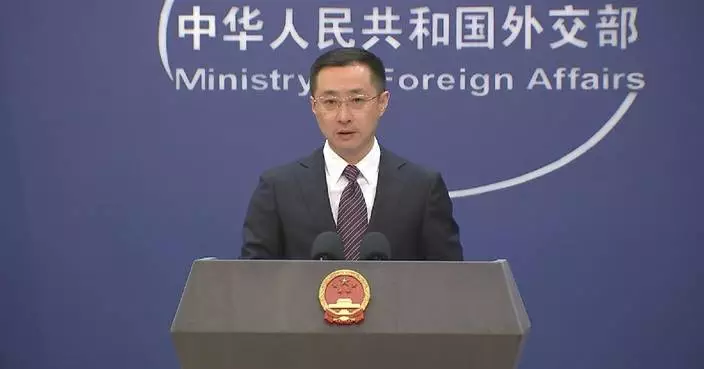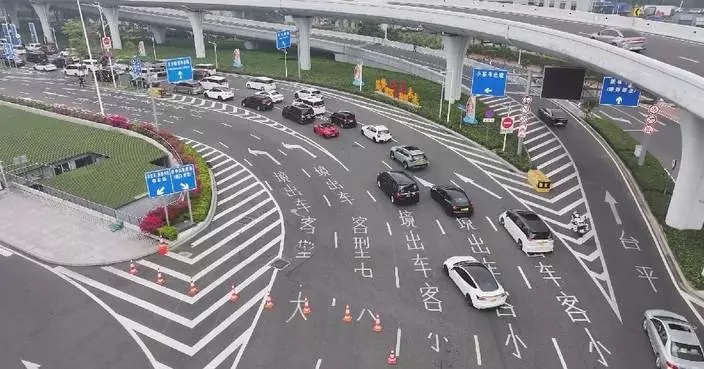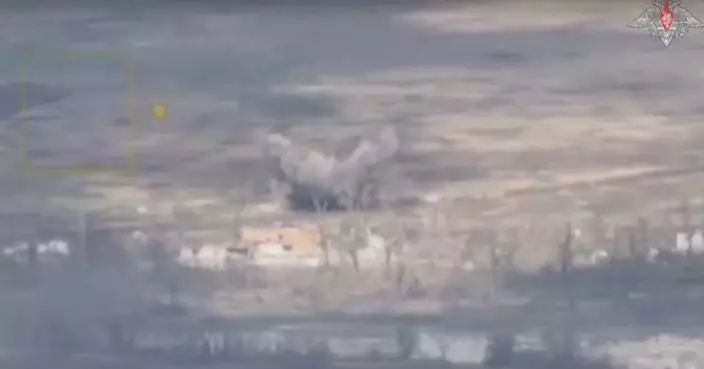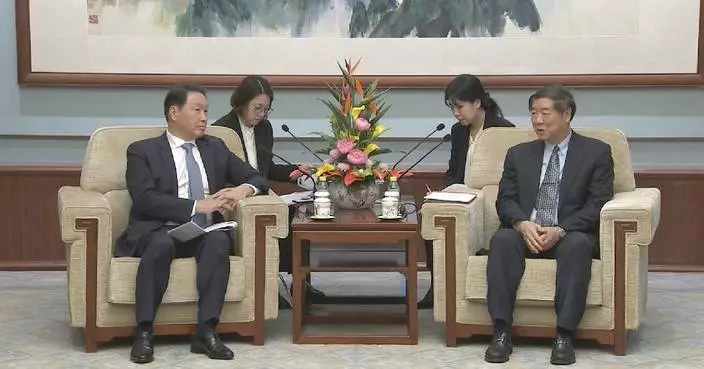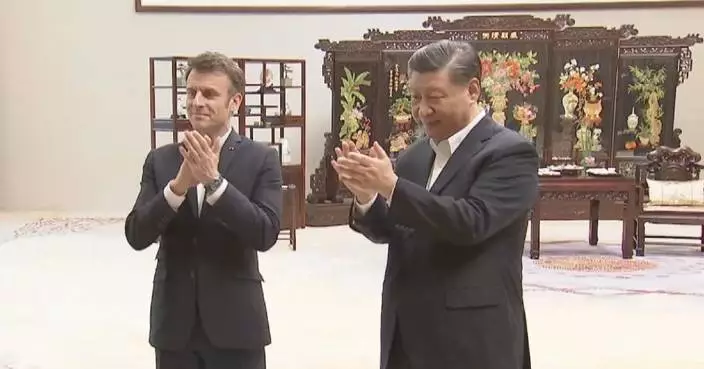The Wuwangdun tomb excavated in east China's Anhui Province has been confirmed as the largest and highest-level tomb from ancient Chu state dating back to over 2,200 years, the National Cultural Heritage Administration said Tuesday.
The administration made the announcement at a press conference in Huainan City, adding that the tomb discovered in Huainan is the most structurally complex of its kind.
Covering a total area of some 1.5 million square meters, the millennia-old mausoleum includes a main tomb (Tomb No. 1), a rectangular chariot and horse pit, accompanying tombs, and sacrificial pits.
Archaeologists focused on excavating the main vertical earth-pit tomb, confirming it as a large structure housing a wooden chambered burial area.
Key findings included the largest ancient bamboo mat ever found in China, bronze wares, over 100 wooden figurines and many well-preserved seeds.
Researchers have conducted on-site protection and multi-disciplinary studies of the unearthed artifacts, reinforcing and extracting fragile objects like the chamber planks, bamboo mats and lacquerware. Based on historical records and researches on other Chu tombs, archaeologists conjectured that the owner of the Tomb No. 1 was King Kaolie, the first king of the Chu state after it moved the capital to Shou County (formerly called Shouchun) in Huainan City, Anhui Province, in 241 BC, which belongs to the late Warring States Period.
The Chu state was ruled by four kings after settled in Shouchun. As the third king was murdered and the fourth king was taken prisoner by the Qin state, historians generally believe that they were very unlikely to be buried in accordance with rituals. The tomb of the third king You was believed to be found in Shou County after rounds of robbery, which is known as Lisangudui Tomb.
"The entrance to Lisangudui Tomb is only about 40 meters in length, with each side nearly 10 meters shorter than that of Wuwangdun Tomb No. 1. It [Lisangudui] is smaller in size. So it [Wuwangdun] probably belongs to King Kaolie. It's only our speculation. We have to wait for the extraction of more artifacts and then use the written materials to determine the identity of the tomb owner," said Zhang Wenjie, leader of team No.1 of Wuwangdun Archaeological Excavation Project.
A total of 77 artifacts previously stolen from the Wuwangdun Tomb have been recovered in 2020, which include bronze and lacquer craftworks under first-class state protection, and two sets of chime-bells under second-class protection. The quality and quantity of the recovered cultural relics also suggest that the tomb's level is much higher than those of ordinary Chu aristocrats.
"Thirteen-piece bronze 'Niu Zhong' bells were found in [tombs of] high-ranking Chu aristocrats, namely those who won the title of Jun, which date back to the middle stage of the Warring States Period or later. There is a close link between them and the 14-piece bronze bells [unearthed from Wuwangdun]. The Zhou Dynasty (1046-256 B.C.) was a society of rituals and music, and its bronze ritual vessels and musical instruments best reflect one's social status," said Zhang.
The Warring States period, which ran from 475 B.C. to 221 B.C., largely comprises the second half of the Eastern Zhou Dynasty.
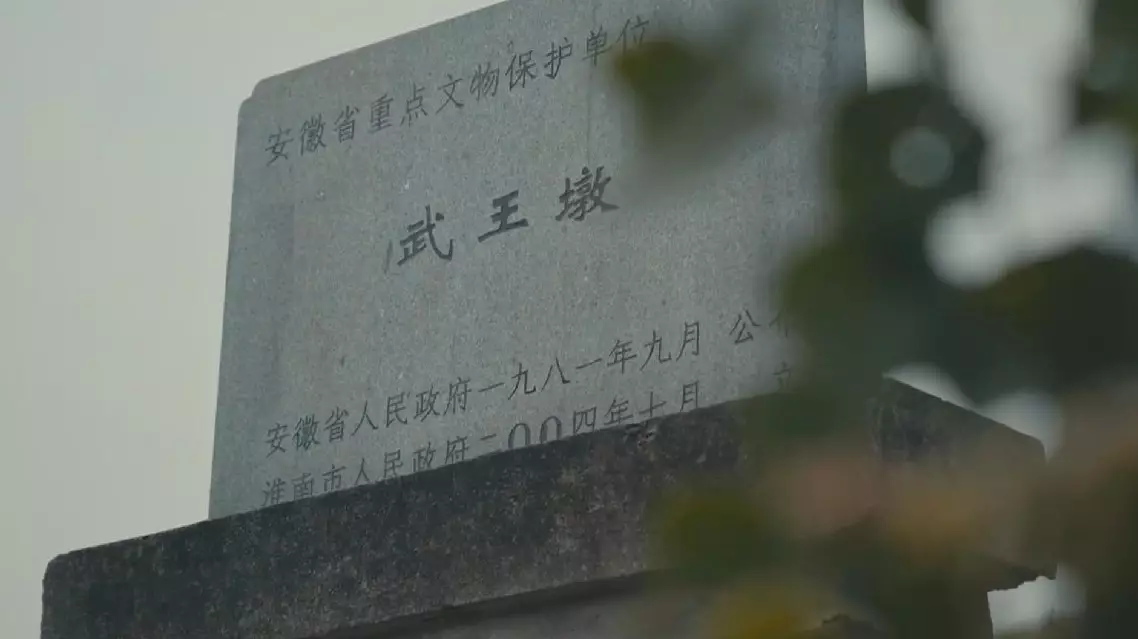
Chinese archeologists unveil key discoveries from 2,000-year-old royal tomb




